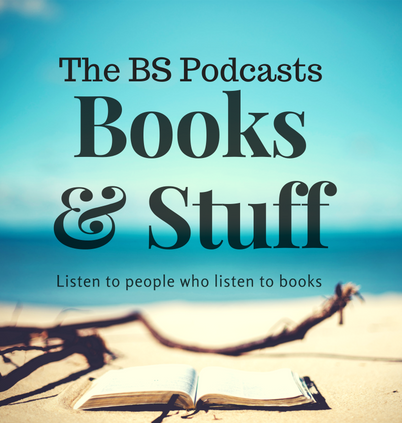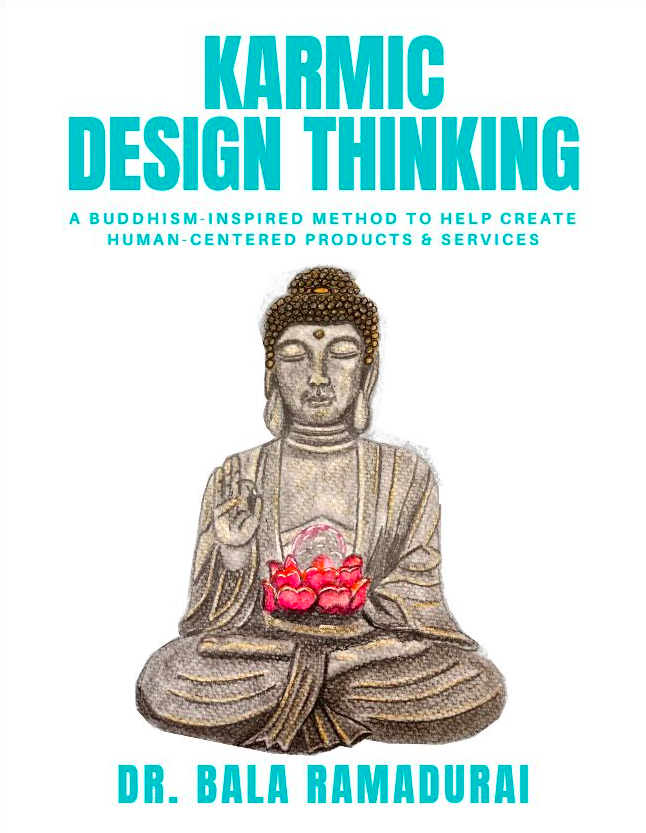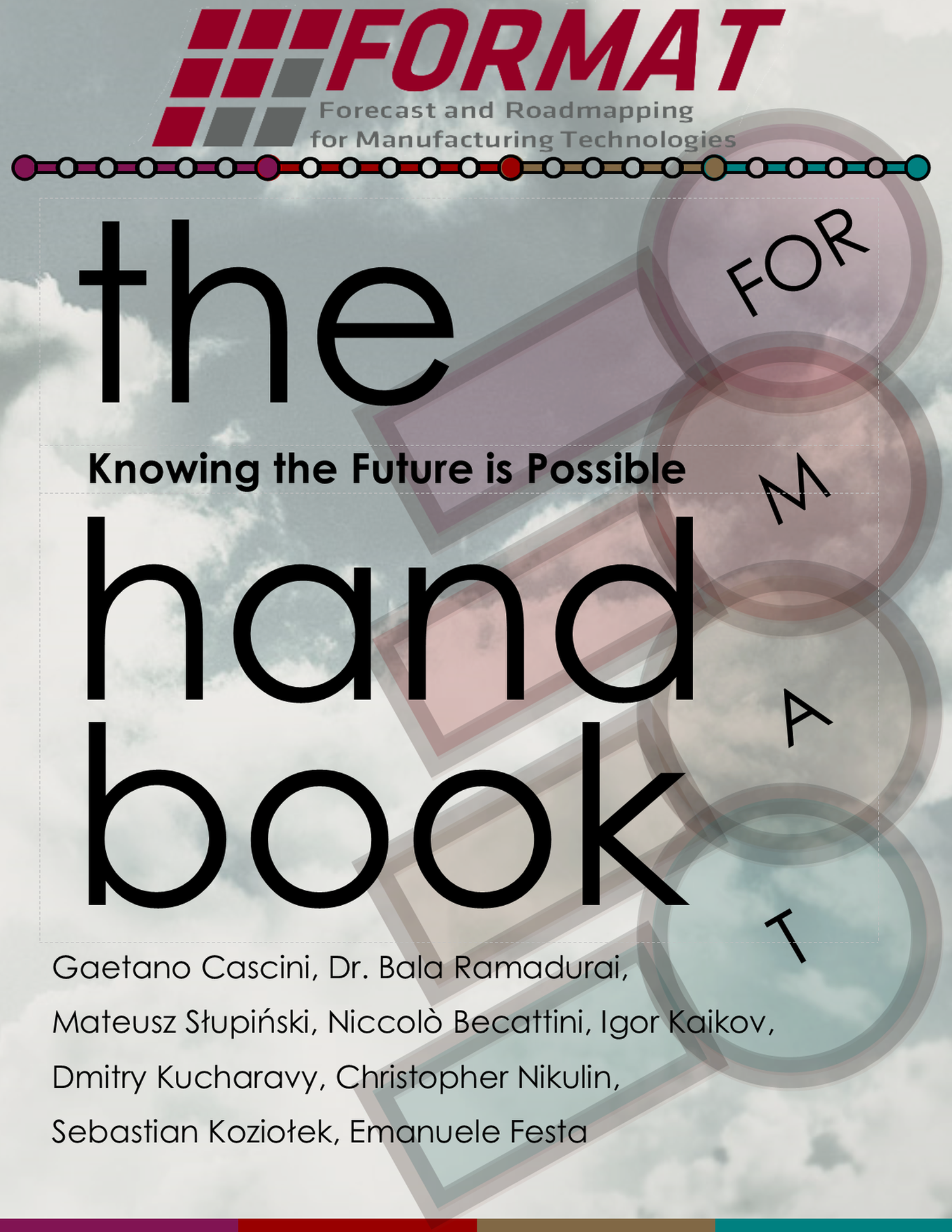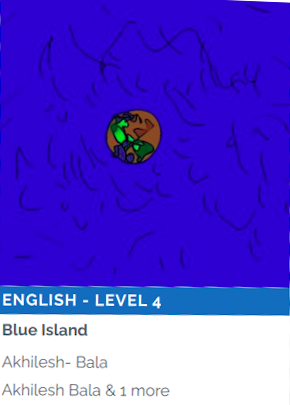Podcast Enterprise: S2E14 Wolf in the Fold
Space, the final frontier. These are the podcasts of the Podcast Enterprise. Its only mission: to explore story structures, to analyze our favorite characters and plotlines, to boldly talk what everyone has seen before
We will analyze all episodes of Star Trek: The Original Series or TOS for short using the following guiding structure:
- Synopsis or summary of the episode
- Story structure
- Character analysis
- Our likes and dislikes
The synopsis: When this episode opens, you find Scott along with Kirk and Dr. McCoy on a planet called Argelius II. They’re here for some sort of medical show leave for Scott. Apparently he’s been involved in an accident and he has a concussion. And this accident was apparently caused by something, a female crew member aboard the Enterprise, something that she did cause this accident.And because of this concussion, Scott has been acting rather strange, apparently, and he has this absolute resentment towards women. Kirk and Dr. McCoy believe that bringing him down to Argelius II on medical shore leave will help him get over this resentment. For women, and because Argelia is to be something of a hedonistic society.It’s a very open planet, it’s a pleasure planet, and there are women there who can potentially entice Scott to help him get over his resentment. When the episode opens you find the three of them watching a belly dance, carried out by an Argelian woman.Because Scott is so enthralled by this Argelian woman. Kirk invites her to join them at the spot in this cafe. And she comes there. She talks to Scott.
They decide to go for a walk in the misty outside. Then they hear a scream. Something happens.And when Kirk and McCoy rush outside to see what’s going on, they find that the Argelian woman is dead. She’s stabbed multiple times, and there they find Scott leaning against the wall, half conscious with a knife in his hand. So it looks like he has apparently carried out this murder.In the next act you find that they’re introduced to a certain Mr. Hengist, a chief city administrator, something like a detective and a police officer combined. For some strange reason, the Argelians do not have law enforcement officers of their own.
So they have hired this alien from another planet called Rigel IV to come and handle all their law related matters.And Hengist is one of those characters from Rigel IV and he has to investigate this murder. He has decided Scott is guilty although he doesn’t say it out loud. Scotty is not being cooperative because he does not remember half of what happened. He seems to have blanked out. After that, they come into contact with the prefect of the Argelian world, which is Prefect Jaris and his wife called Sybo. What Jaris suggests is that they invoke some sort of a telepathic right involving his wife, and this is something that the Argelians have been doing for many centuries or maybe millennia. She has the ability to telepathically communicate with people and they decide to hold some sort of ritual, so that they can figure out who has been killing these women and this particular woman who was a dancer.It looks like Scott did it and Kirk has to agree to it because there’s no other way. Scott doesn’t remember anything.
All the evidence is pointing to him being the prime suspect. Hengist is completely annoying and he’s not helping matters. And what happens is that while they are holding this psychic telepathic ritual, the lights go off, everything goes dark, there’s a scream again, and then Sybo is murdered.And again, you find Scott holding her body . And it looks like he has killed her. And now the evidence is so strong against him that Kirk decides to take everyone back to the Enterprise and hold some sort of an inquest using the Enterprise’s computers. That is the only way they can prove whether Scott actually did this or didn’t do it.If you had left this to Hengist, Scott would have been subject to Argelian laws, which even Jaris says is pretty brutal. Back on the ship, they hold a trial and then they find that it wasn’t Scott who did it.
There is a strange entity called Redjac. And I missed a point here while they were holding the psychic telepathic ritual with Sybo, she did say something about Beratus, Kesla and Redjac. That is some sort of an evil entity that has been haunting this area. When they get back to the Enterprise they run a linguistic test to find out who Beratus, Kesla and Redjac are. They find that Redjac is another name for Jack the Ripper and Kirk pieces two and two together and finds out that the entity that has been killing all of these women is not Scotty. It feeds off fear and women in particular because according to Spock’s logic, women are more prone to extreme emotions.
Hengist, who has been aboard the Enterprise as part of the inquest, starts behaving in a very peculiar way. And then they find out that he has been possessed by this Redjac. Hengist has been dead for some time. This disembodied creature climbs into the ship’s controls.It wants to terrorize the entire crew so that it can feed off their fear. And to prevent that, Kirk has the entire crew sedated, which creates some humorous moments because they act as though they’re completely drunk.
And Redjac still aboard the Enterprise and haunting the computers. As he decides to come. There’s a certain trick that Spock suggests forces him out of the computer systems.He comes out possesses Jaris for a while, jumps out of Jaris’s body, possesses Hengist again, tries to stab and murder and create utmost terror on the Enterprise. But then Kirk and McCoy’s quick thinking with Kirk and McCoy’s quick thinking, they managed to sedate the already dead and reanimated Hengist so that he goes into some sort of catatonic state.And then they teleport him out into deep space and leave him floating there so that this entity called Redjac, he’s just drifting across deep space apparently, it’s also older than time. So they don’t know for sure if it would die out, but they’re hoping that it will.And that’s how this episode ends.
That brings us to the end of this episode. Thank you for listening to the Podcast Enterprise. Please do share your reviews with us and please share this podcast with any of your writing friends or trekkies. Live long and prosper!
Stay tuned in for our next episode! Enjoy!










